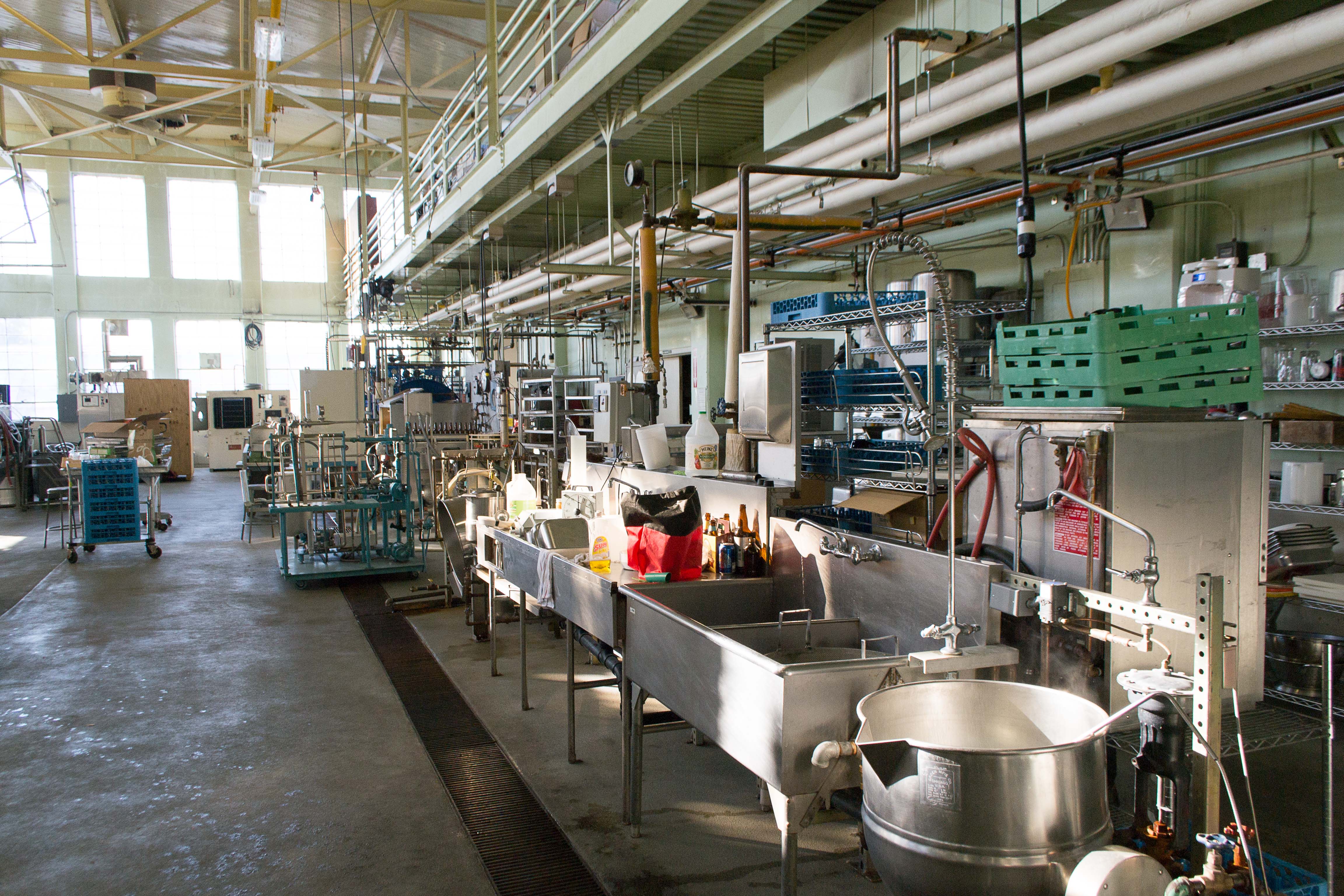
Photo from academic.microsoft.com
ABSTRACT Electrospraying is a potential answer to the demands of nanoparticle fabrication such as scalability, reproducibility, and effective encapsulation in food nanotechnology. Electrospraying (and the related process of electrospinning) both… Click to show full abstract
ABSTRACT Electrospraying is a potential answer to the demands of nanoparticle fabrication such as scalability, reproducibility, and effective encapsulation in food nanotechnology. Electrospraying (and the related process of electrospinning) both show promise as a novel delivery vehicle for supplementary food compounds since the process can be carried out from an aqueous solution, at room temperature and without coagulation chemistry to produce matrices or particulates in the micro- and nano-range. The presentation of core materials at the nanoscale improves target ability to specific areas of the digestive tract and gives improved control of release rate. Adoption of these electrohydrodynamic atomization technologies will allow the industry to develop a wide range of novel high added value functional foods. To optimize production conditions and maximize throughput, a clear understanding of the mechanism of electrospraying is essential. This article presents a comprehensive review of the principles of electrospraying to produce nanoparticles suitable for food technology application, particularly for use in encapsulation and as nanocarriers.
Journal Title: Critical Reviews in Food Science and Nutrition
Year Published: 2018
Link to full text (if available)
Share on Social Media: Sign Up to like & get
recommendations!